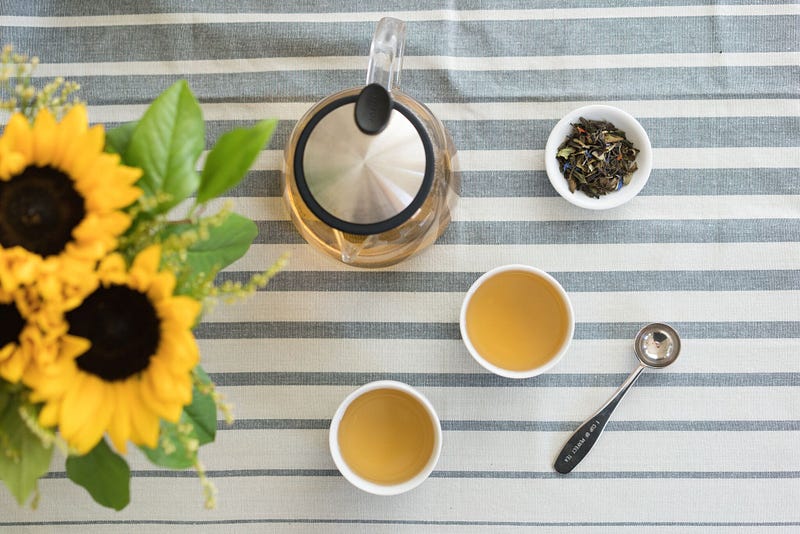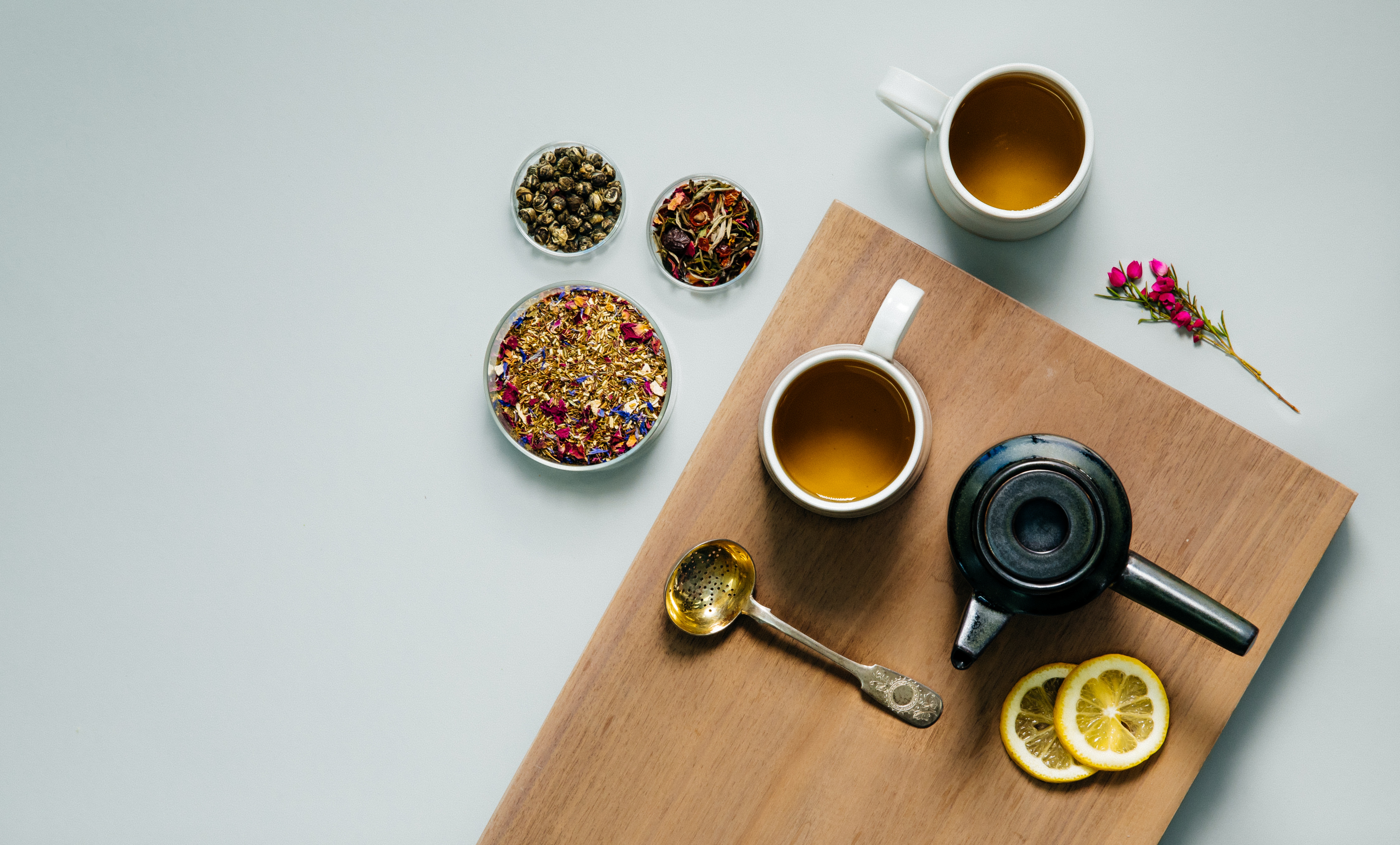After selecting a fine line of hot teas to serve in your restaurant, like those sold by Art of Tea, the next step is to determine how the tea will be served to your customers. This can often be confusing to those new to tea. Determining which style, material, or method of brewing to best fit your brand identity, is most likely your first decision. Once that is determined, your next step is to figure out how many sets to purchase, to both maximize your hot teas sales, but not break the bank. This guide walks you through your options and helps you capitalize on the growing popularity of specialty hot tea.

The type of tea you have chosen will somewhat dictate the type of teaware you choose. Selling pots of tea is almost always more profitable than selling cups or mugs of tea. A teapot program can fetch more than $4.00 per pot, while a cup or mug program may only fetch $1.50 per cup. Over the course of a year, that could equate to an over 200% increase in annual profits. Luckily, today, you can choose to offer either a line of loose leaf teas or a more operationally friendly pyramid sachet tea line that offers the convenience of a bag program, with the quality of a loose-leaf program.
The material of teaware chosen speaks volumes to your guests and offers different challenges operationally:
- Ceramic / Porcelain is most affordable and offers the largest array of designs and colors to match any brand image or identity. However, like your dishes, these are prone to breakage.
- Glass offers a unique perspective, showing the “agony of the leaf,” or, the unfurling of the leaf. However, if you are using pyramid sachets, the agony is not as theatrical as it would be if the tea was loose, and just like ceramic, glass is also prone to breakage.
- Iron pots are interesting if you have an Asian themed restaurant. These heavy iron tea pots are great for durability, but pose roadblocks when it comes to effectively cleaning and sanitizing them each night.
- Clay pots offer amazing design options from Asian to modern to wild. However, clay is very absorbent and cleaning chemicals cannot be used on them, as this will taint the tea taste.
- Silver is very expensive and very English. Unless you are offering a regal tea service at one of the top 1% of white table cloth restaurants, silver, both economically and operationally, doesn’t make sense.
Accessories offer the ability to enhance your tea service. Using a sand tea timer shows your guests you understand the importance of steep time. Most sand tea timers on the market offer 3 different times in one timer; typically, 3, 4 and 5 minutes. Not only can this be used for different types of tea, but also for strength of brew. Training your staff to know which times are best for each tea type is just the first step in timing recommendations. Wait staff can then comment on strength of brew as well. For example, you may offer a dark oolong at 4 minutes, but then recommend using the 3-minute mark for a lighter brew, or the 5-minute mark for a more robust brew. Additionally, offering honey sticks, rock candy sugar, homemade simple syrups of various flavors, etc. can also enhance the experience.
We recommend choosing a 16–18oz ceramic/porcelain style tea pot that matches both the design and color of your restaurants brand identity. To step up your program, add a waste ramekin for the spent loose leaves or pyramid sachet. Guests will appreciate the extra effort to control the steeping process by removing the leaves or pyramid sachet, and your employees will be thankful not to have to clean up a wet sloppy mess. But, to take it to the next level and offer a top-line premium showcase that will create buzz and “theater” in the restaurant, offer a complete plated service. This would include a serving plate which holds the tea pot, a waste ramekin, and a sand tea timer. Presentation is everything! By taking it to the next level, you can now sell the same tea product for a higher price, guests will be drawn to the “theater” of the presentation and you will see an uplift of guests ordering tea.
To help you maximize your hot tea sales and not break the bank, we have come up with an easy to follow formula that will help guide your purchase quantities. It is as simple as counting to four.
- One: How many seats does your restaurant accommodate?
- Two: What is your average capacity?
- Three: What are your average turns?
- Four: What are your average expected tea orders? (Where Low = 10% of guests, Medium = 20% of guests, and High = 35% of guests)
From here, it is just a simple mathematical equation (One x Two x Three x Four = Quantity of Sets to Purchase). Below is an illustration of how this formula works.

No matter what you have selected to fit your brand image and identity, taking the time to select the right teaware to serve your teas will show your guest that you care about your tea program. Anyone can serve a mug or cup of tea and say they care about their tea program, but those offering premium delivery service in a tea pot, show that tea is important to their beverage offering.
Art of Tea is an award winning purveyor of specialty and organic teas, based in Los Angeles, CA.
If you found this article helpful, please share it with coworkers, colleagues, and fellow lovers of tea.

